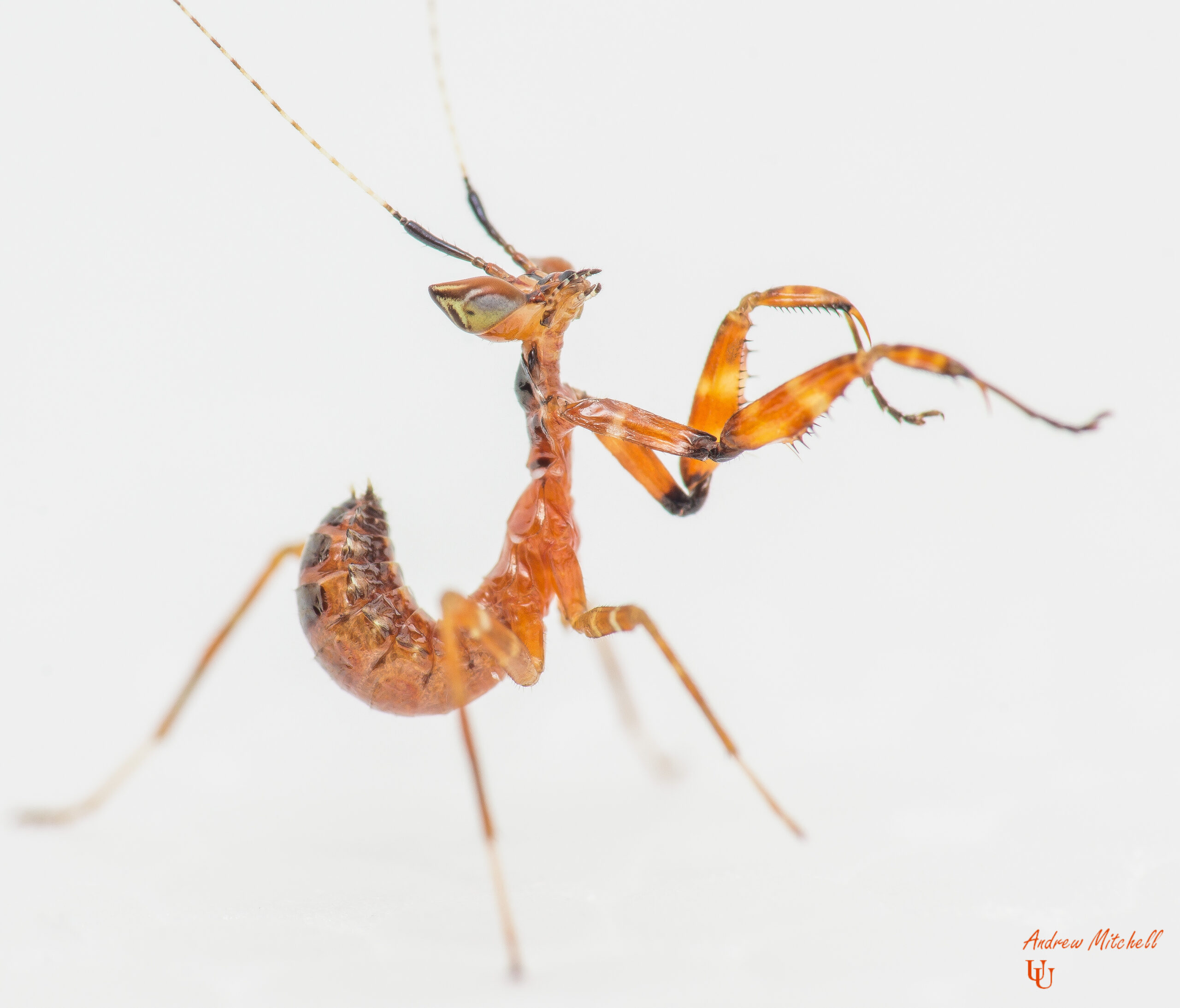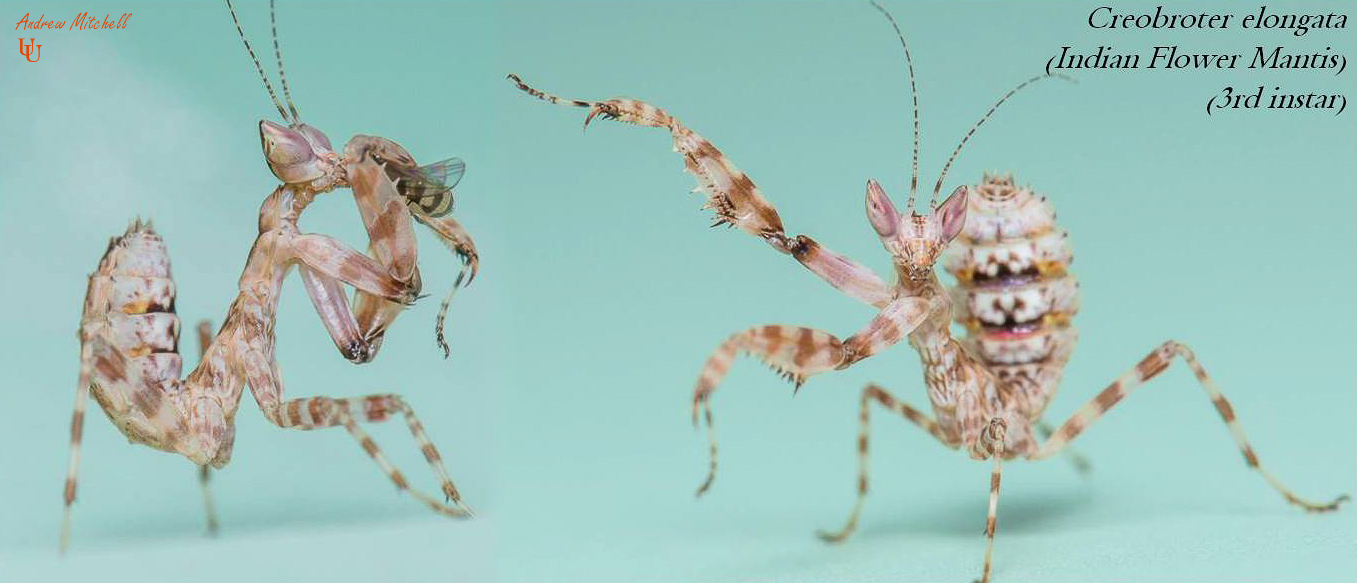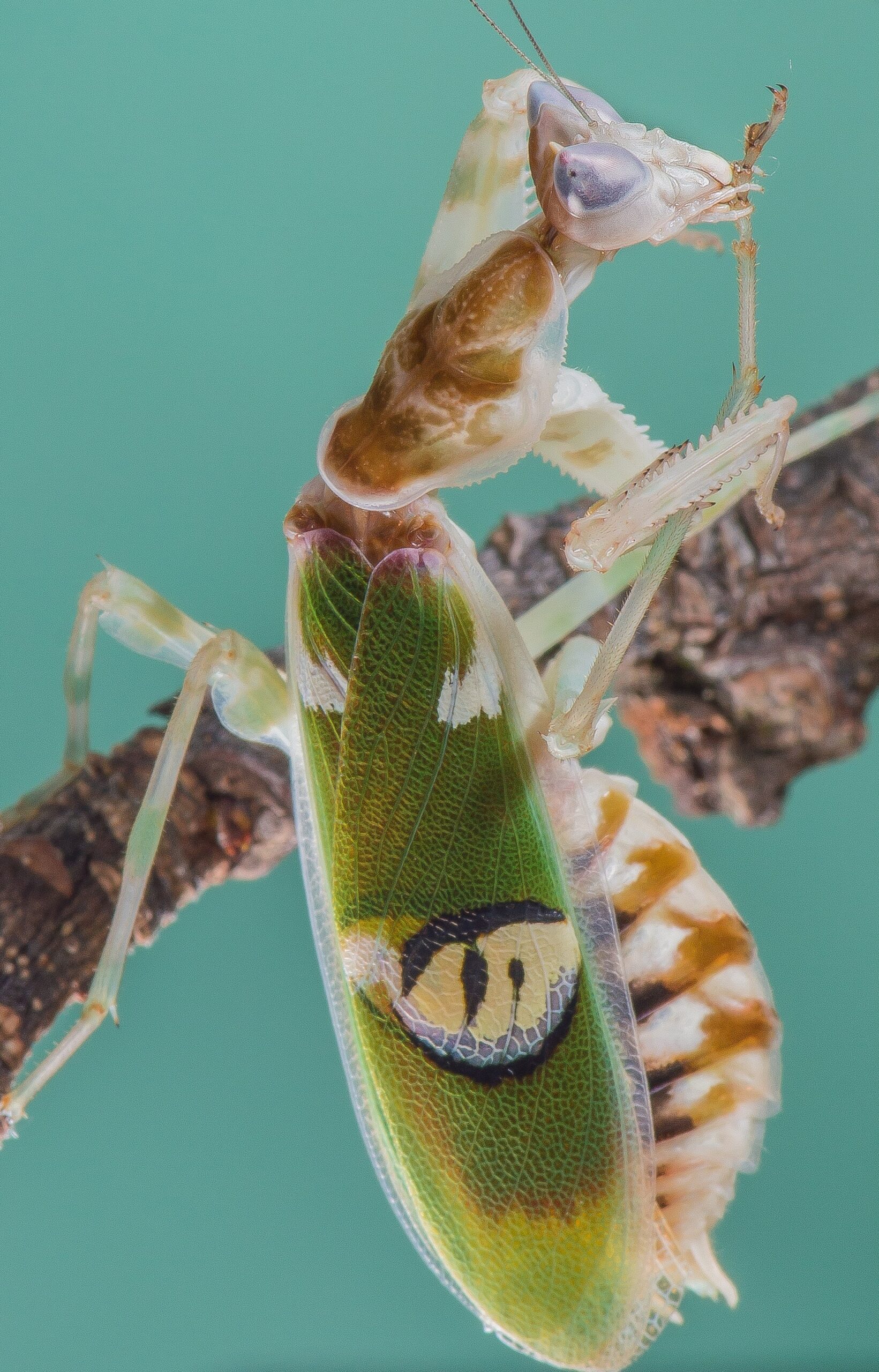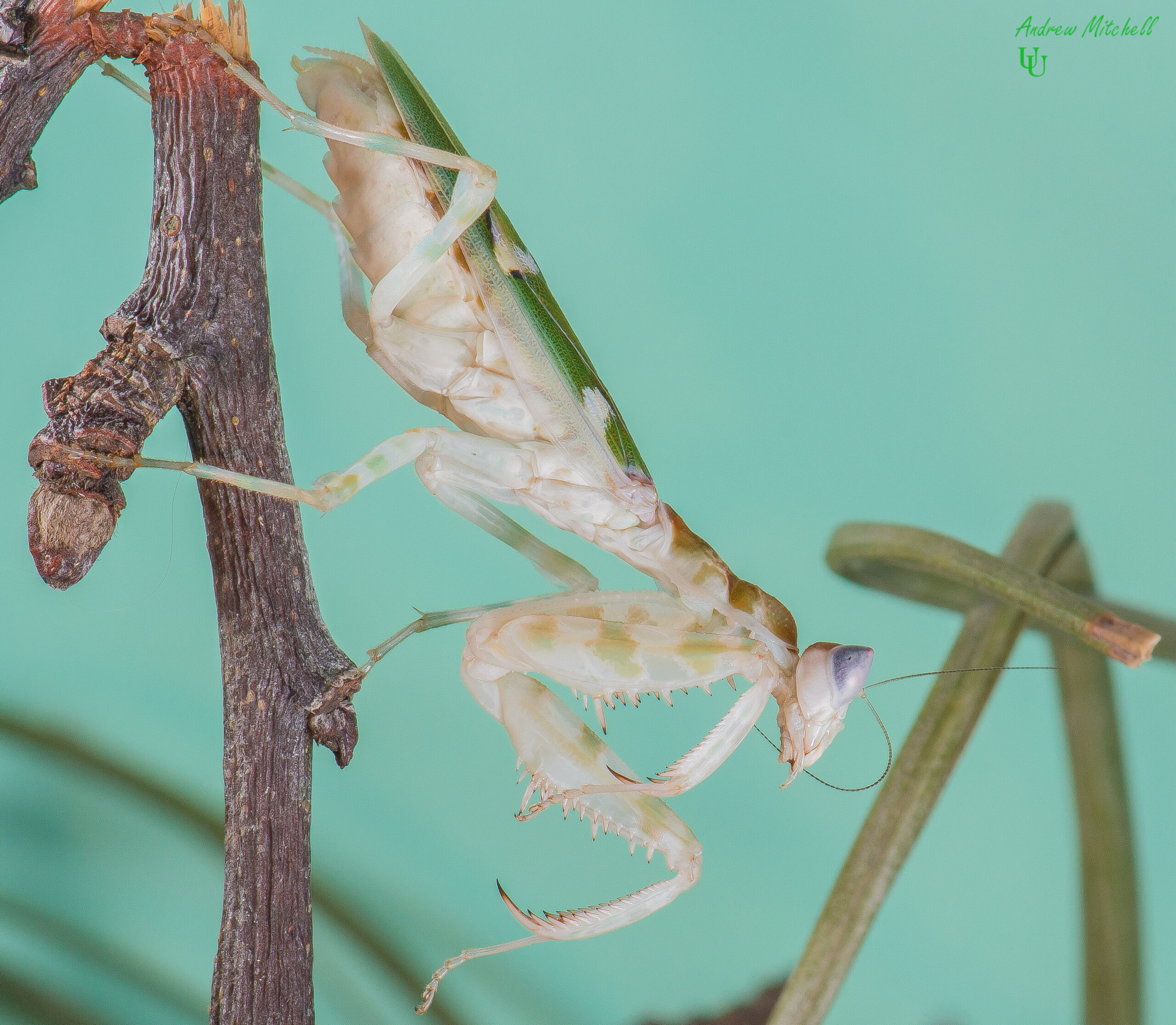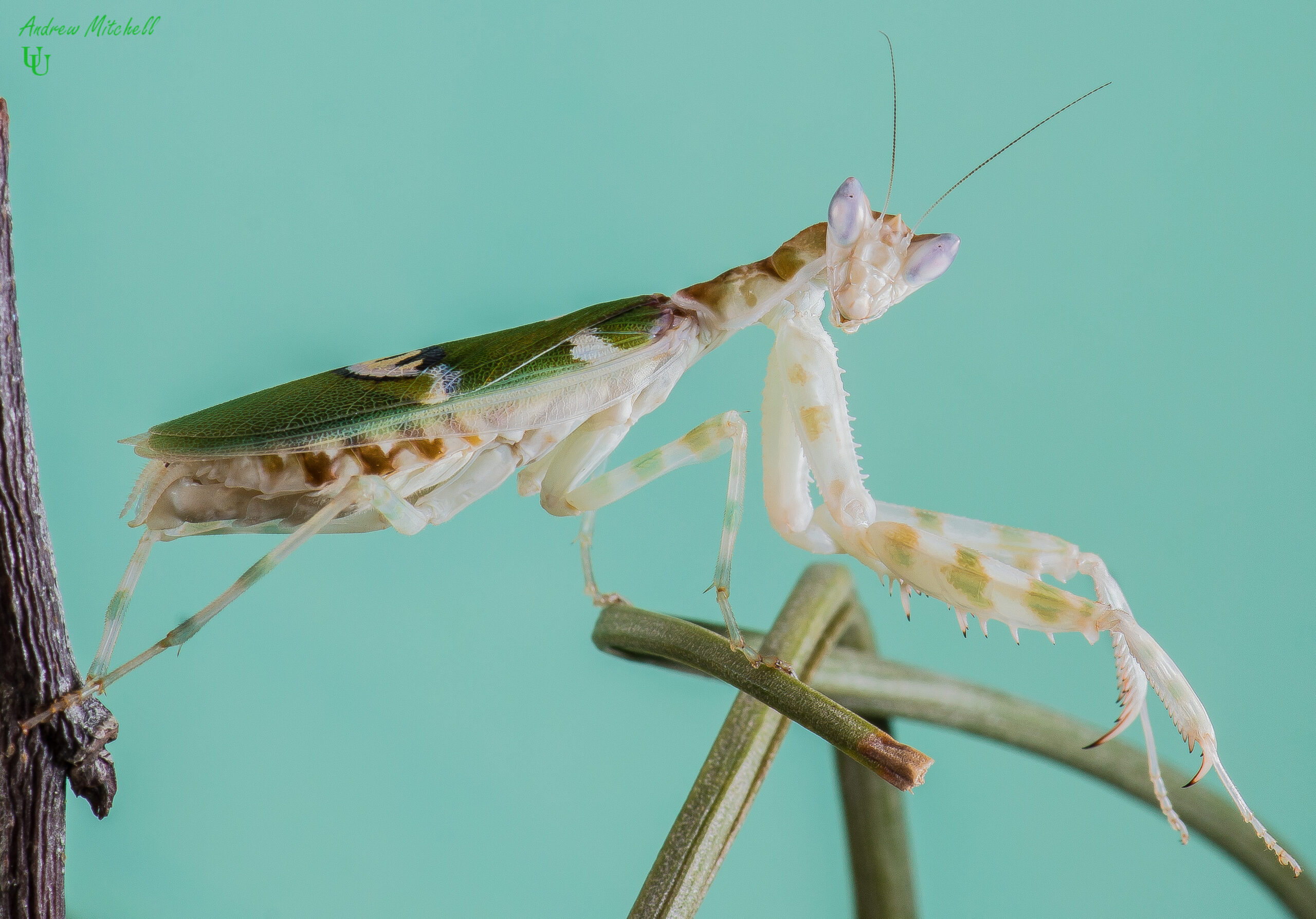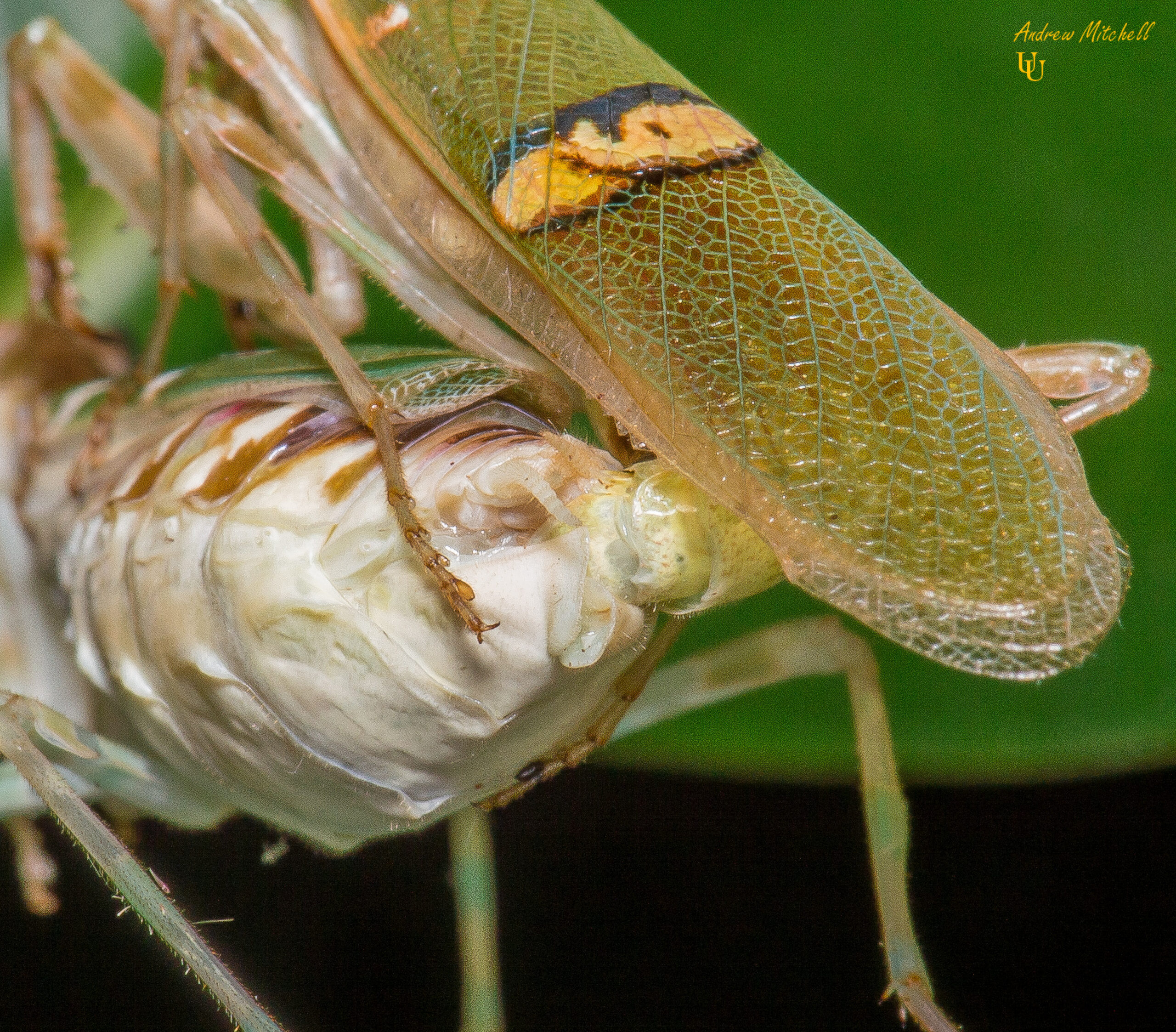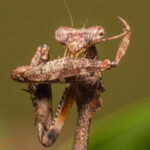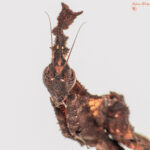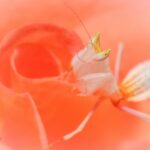Description
Indian Flower Mantis (Creobroter elongata ) (2nd instar) 1 x nymph
Indian Flower Mantis, Creobroter or ‘flower mantids’ is a genus of mantis concentrated in Western Asia. The name comes from the Greek “kreas” (combining form “kreo-“, meaning “flesh”), and “broter” (eating); therefore, “flesh-eating”, an apt name for a predatory insect. Both sexes have long wings and are capable fliers. Full-grown males are about 3-4cm in length, females about 4-5cm.
As the common name indicates, Creobroter are known for having varicolored (yellow, white, red, brown, etc.) markings which serve as camouflage by hiding the creatures’ actual shape and making them look somewhat like flowers when hiding amidst green foliage.
From Wikipedia –
Flower mantises are praying mantis species that use a special form of camouflage referred to as aggressive mimicry, which they not only use to attract prey, but avoid predators as well. These insects have specific colorations and behaviors that mimic flowers in their surrounding habitats.[2] This strategy has been observed in other mantises including the stick mantis and dead-leaf mantis.[2] The observed behavior of these mantises includes positioning themselves on a plant and either inserting themselves within the irradiance or on the foliage of the plants until a prey insect comes within range.[2] Many species of flower mantises are popular as pets. The flower mantises are non-nocturnal group with a single ancestry (a clade), but the majority of the known species belong to family Hymenopodidea.
The Indian Flower Mantis is a relatively small insect with a creamy-white color and beautiful, long, and unique wings. Its light color is topped with brown and yellow stripes on its legs and blotches over its upper abdomen.
The wings have a striking yellow circle that characterizes the Creobroter genus. If you’ve ever seen one of these amazing mantids in a threat posture, you’ll recognize it by the yellow “eyes” that lay over its wings.
Like all mantids, the Indian Flower Mantis exhibits sexual dimorphism. The female specimens are bulkier and bigger than the males. Males also have thicker antennae.
On average, they reach a fully grown size of between 1.5 to 1.8 inches.


